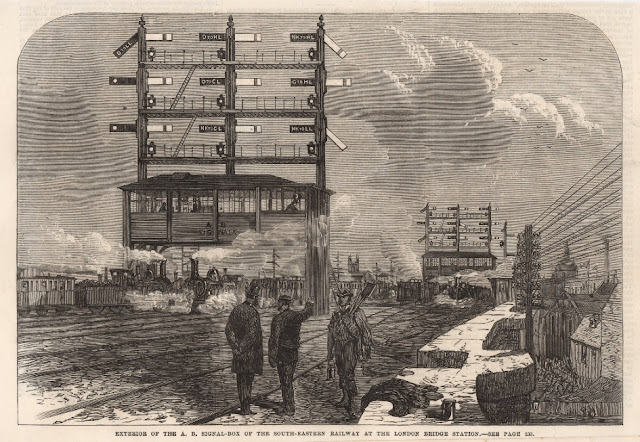It’s impossible to over estimate the extent to which the emotional life of every child exposed to the output of the Disney Corporation is formed and shaped to create an insatiable demand for the irresistible embrace of the Disney Universe. For almost a century, children have been at the centre of what has grown into a global grooming project as an entertainment portfolio that began with the moving image has expanded to include mass merchandising, retail stores, theme parks and dedicated streaming services. There’s an acute understanding of the juvenile appetite for sentiment and spectacle layered over eternal themes of sibling rivalry, jealousy, cruelty, suffering and redemption. Every feature is attached to a bulging package of ancillaries - models, dolls, princess costumes, soundtracks, illustrated books, sticker collections, action figures, backpacks, board games, stationery and customised clothing - entirely designed to separate fools from their money. It’s a massive corporate presence that generates enormous revenue streams and yet, despite this long performative diatribe, two things must be conceded. To begin, some of the products are undeniably ingenious, amusing, sensitive, compassionate and offer cunningly contrived entertainment that can be appreciated on many levels, enough to undermine the most curmudgeonly resistance. And secondly, with very little effort, the company has roused the intemperate fury of the ineffable Ron DeSantis, Governor of Florida, triggering a feud that is currently grinding its way through the US legal system.
All this was a long time in the future when this book was published in 1937. The colour illustrations were supplied in the form of stickers to be pasted in the book by the young reader. The star of the book was only 9 years old but the process of brand characterisation was well underway. Disney’s first full length feature (Snow White and the Seven Dwarfs) released at the end of 1937 marked the emergence of Disney as a major studio, even so, dreams of future world domination would have seemed implausible in those early days. But it was the end of the Disney age of innocence and a sign of what was to come.


































